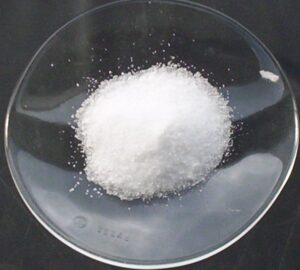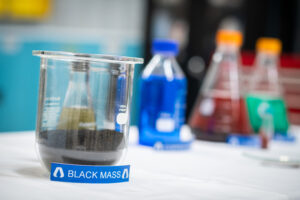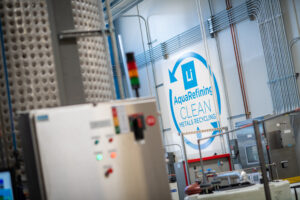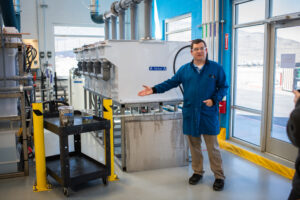Introduction: Sodium sulfate is a chemical compound with the formula Na2SO4. It is a white, odorless, and water-soluble powder that is used in a wide range of applications. It is often referred to as the mineral thenardite when found in its natural form.
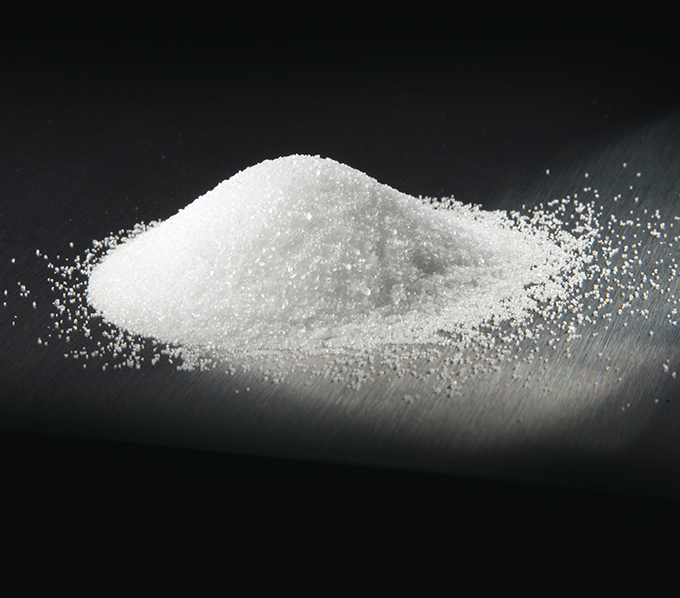
Physical and Chemical Properties: Sodium sulfate is made up of two sodium ions and one sulfate ion. It has a melting point of 884 degrees Celsius.
In its anhydrous form, it is a white crystalline solid, while its decahydrate form, known as Glauber’s salt, consists of colorless or white monoclinic crystals.
Uses and Applications: Sodium sulfate is used in a variety of industrial processes. It is employed in the manufacture of detergents, glass, and textiles. It also serves as a drying agent (desiccant) in laboratories, and as a laxative in the medical field. Glauber’s salt, the decahydrate form of sodium sulfate, has been used historically as a general-purpose laxative.

Relevance to Lithium Battery Recycling: In the recycling of lithium batteries, sodium sulfate is often produced in large volumes as a byproduct during the hydrometallurgical process.
Hydrometallurgy involves using aqueous chemistry for the recovery of metals from ores, concentrates, and recycled materials.
During the recycling process, the lithium batteries are subjected to a series of chemical reactions using aqueous solutions, and one of the common reagents used is sulfuric acid. When sulfuric acid is used to leach metals such as lithium, cobalt, and nickel from the spent batteries, it reacts with sodium compounds present, forming sodium sulfate as a byproduct.
The production of sodium sulfate is considered a waste byproduct because it does not have a direct role in the recovery of battery metals, and its presence in large quantities can present challenges for the sustainable management of resources.
Developing methods to utilize or manage this byproduct sustainably has so far not been demonstrated, and companies are currently dumping tens of thousands of tons of waste sodium sulfate into landfills and in some cases, directly into the ocean. Both of these disposal practices can create environmental hazards.
Advanced battery recycling technology, like electro-hydrometallurgy, do not produce sodium sulfate as a byproduct, avoiding both the significant waste and the embedded emissions of consumed chemicals.



